At the beginning of the 20th century, a newspaper organizes an endurance horse race : 700 miles to run in a few days. 9 adventurers are competing, among them a […]

At the beginning of the 20th century, a newspaper organizes an endurance horse race : 700 miles to run in a few days. 9 adventurers are competing, among them a […]
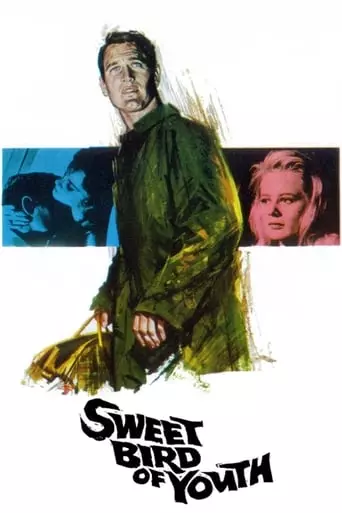
Gigolo and drifter Chance Wayne returns to his home town as the companion of a faded movie star, Alexandra Del Lago, whom he hopes to use to help him break […]
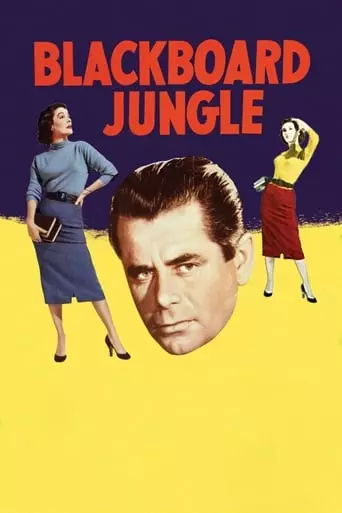
Richard Dadier is a teacher at North Manual High School, an inner-city school where many of the pupils frequently engage in anti-social behavior. Dadier makes various attempts to engage the […]
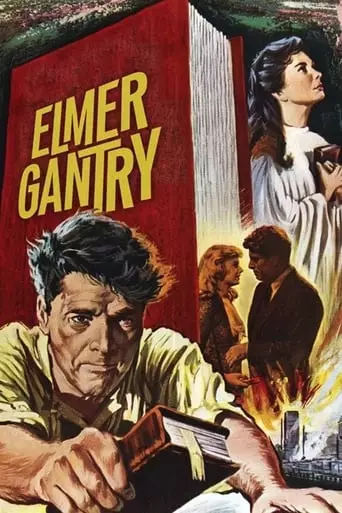
When hedonistic but charming con man Elmer Gantry meets the beautiful Sister Sharon Falconer, a roadside revivalist, he feigns piousness to join her act as a passionate preacher. The two […]
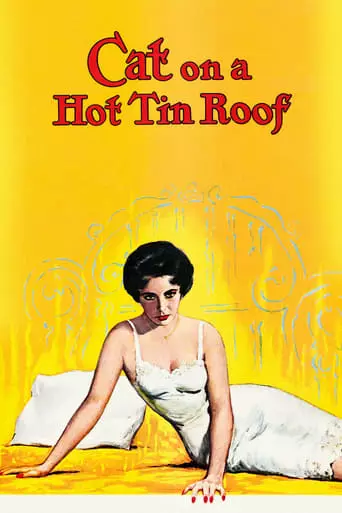
An alcoholic ex-football player drinks his days away, having failed to come to terms with his sexuality and his real feelings for his football buddy who died after an ambiguous […]
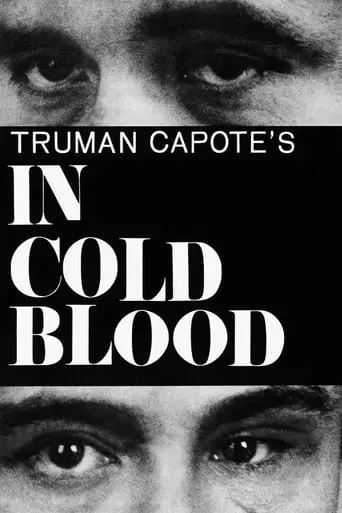
After a botched robbery results in the brutal murder of a rural family, two drifters elude police, in the end coming to terms with their own mortality and the repercussions […]
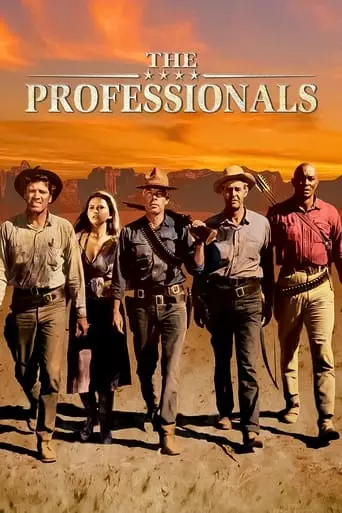
An arrogant Texas millionaire hires four adventurers to rescue his kidnapped wife from a notorious Mexican bandit.
Richard Brooks: The Maverick Storyteller of Hollywood’s Golden Age
Richard Brooks was a versatile and bold filmmaker whose work spanned over four decades, shaping some of the most memorable films in American cinema. As a writer-director, Brooks was known for tackling complex, socially relevant themes and bringing compelling literary adaptations to life on the big screen. With a filmography that includes classics like Blackboard Jungle (1955), Cat on a Hot Tin Roof (1958), and In Cold Blood (1967), Brooks left an indelible mark on Hollywood.
Early Life and Path to Filmmaking
Richard Brooks was born Ruben Sax on May 18, 1912, in Philadelphia, Pennsylvania. Growing up in a working-class Jewish family, Brooks exhibited a passion for storytelling early in life. He studied journalism at Temple University but dropped out to pursue writing and filmmaking.
Brooks began his career as a sports reporter and later moved into radio and screenwriting, honing his storytelling skills. He adopted the name Richard Brooks as he transitioned into the film industry, working as a screenwriter for studios like Warner Bros. and Universal Pictures.
Rise as a Writer-Director
Brooks made his directorial debut with Crisis (1950), a political drama starring Cary Grant. While his early films were modest successes, Brooks quickly gained recognition for his talent in crafting compelling narratives and his ability to elicit strong performances from actors.
His work as both a writer and director allowed him to maintain creative control over his projects, an uncommon feat in Hollywood at the time.
Notable Films and Themes
Brooks was known for his willingness to tackle provocative subjects and adapt challenging literary works. His films often explored themes of morality, justice, and human struggle, resonating with audiences and critics alike.
Blackboard Jungle (1955): A groundbreaking drama that addressed juvenile delinquency and the challenges of urban education. Featuring Glenn Ford and Sidney Poitier, the film’s raw energy and use of rock ’n’ roll music (notably “Rock Around the Clock”) made it a cultural touchstone.
Cat on a Hot Tin Roof (1958): An adaptation of Tennessee Williams’s Pulitzer Prize-winning play, this film starred Elizabeth Taylor and Paul Newman in a story of family tension, secrets, and desire. Brooks navigated censorship challenges while retaining the play’s emotional intensity, earning widespread acclaim.
Elmer Gantry (1960): Adapted from Sinclair Lewis’s novel, this satirical exploration of religion and morality earned Brooks an Academy Award for Best Adapted Screenplay. Burt Lancaster’s charismatic performance as a conman-turned-preacher won him the Oscar for Best Actor.
In Cold Blood (1967): A chilling adaptation of Truman Capote’s true-crime novel, this film examined the brutal murders of the Clutter family and the psyche of their killers. Shot in stark black and white, it was a landmark in the crime genre and earned Brooks critical praise for his direction and screenplay.
Directorial Style
Richard Brooks was a storyteller at heart, with a directorial style that emphasized character-driven narratives and moral complexity. He often adapted literary works, bringing a deep understanding of their themes and nuances to the screen.
Brooks’s films are notable for their strong dialogue, realistic settings, and unflinching portrayal of human flaws. He was unafraid to challenge societal norms and delve into controversial topics, making his work resonate with contemporary audiences while remaining timeless.
Legacy and Influence
Brooks’s career is marked by a commitment to storytelling that transcends genres, from drama to noir to westerns. He worked with some of Hollywood’s biggest stars, including Elizabeth Taylor, Paul Newman, Humphrey Bogart, and Gene Hackman, and consistently drew out performances that defined their careers.
While Brooks never achieved the auteur status of contemporaries like Hitchcock or Kubrick, his influence on Hollywood is undeniable. His films paved the way for more socially conscious and thematically daring cinema, and his adaptations set a high standard for translating literature to film.
Awards and Recognition
Richard Brooks received numerous accolades throughout his career, including an Academy Award for Elmer Gantry and nominations for films like Blackboard Jungle, Cat on a Hot Tin Roof, and In Cold Blood.
In addition to critical acclaim, his films often achieved commercial success, demonstrating his ability to balance artistic integrity with audience appeal.
Later Years and Personal Life
Brooks continued making films into the 1970s and early 1980s, with notable works like Looking for Mr. Goodbar (1977) and Wrong Is Right (1982). Though his later films were less celebrated than his earlier works, they showcased his ongoing curiosity and willingness to explore contemporary issues.
Brooks was known for his private nature, focusing on his work rather than seeking the limelight. He passed away on March 11, 1992, in Beverly Hills, California, leaving behind a legacy of thoughtful and impactful filmmaking.
Conclusion
Richard Brooks was a trailblazer who bridged the gap between literature and cinema, delivering films that challenged audiences intellectually and emotionally. His ability to tackle bold subjects with honesty and artistry made him a vital voice in Hollywood’s golden and transitional eras.
Through classics like In Cold Blood and Blackboard Jungle, Brooks proved that film could be both entertaining and thought-provoking. His work continues to inspire filmmakers and remains a testament to the power of storytelling in cinema.